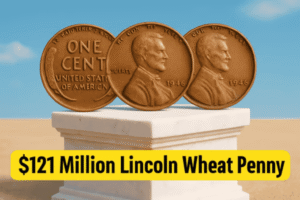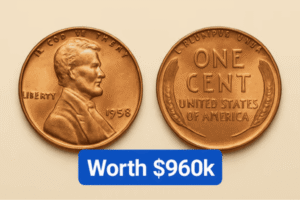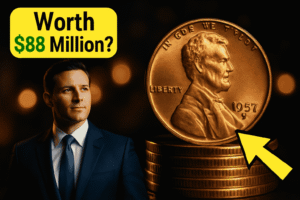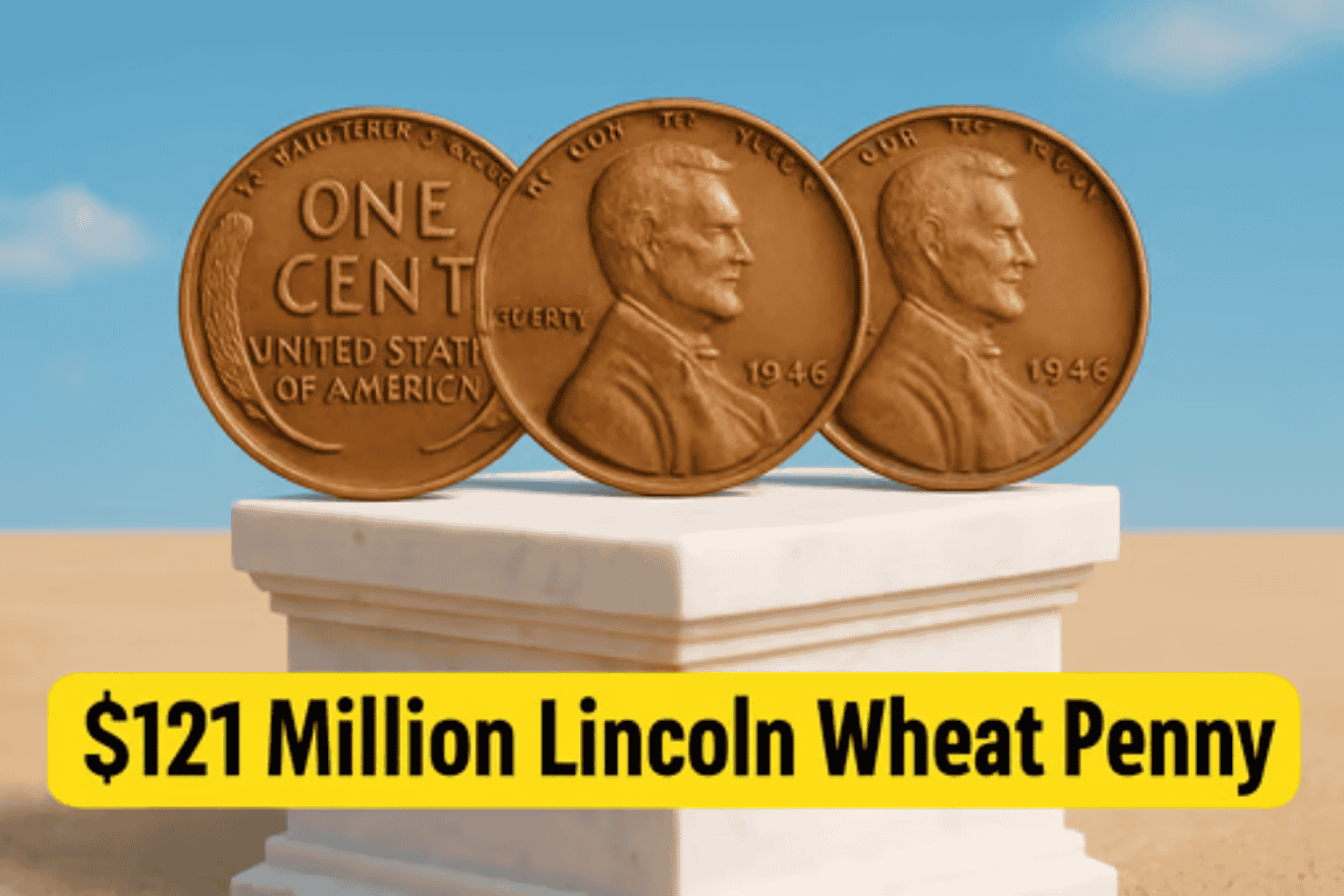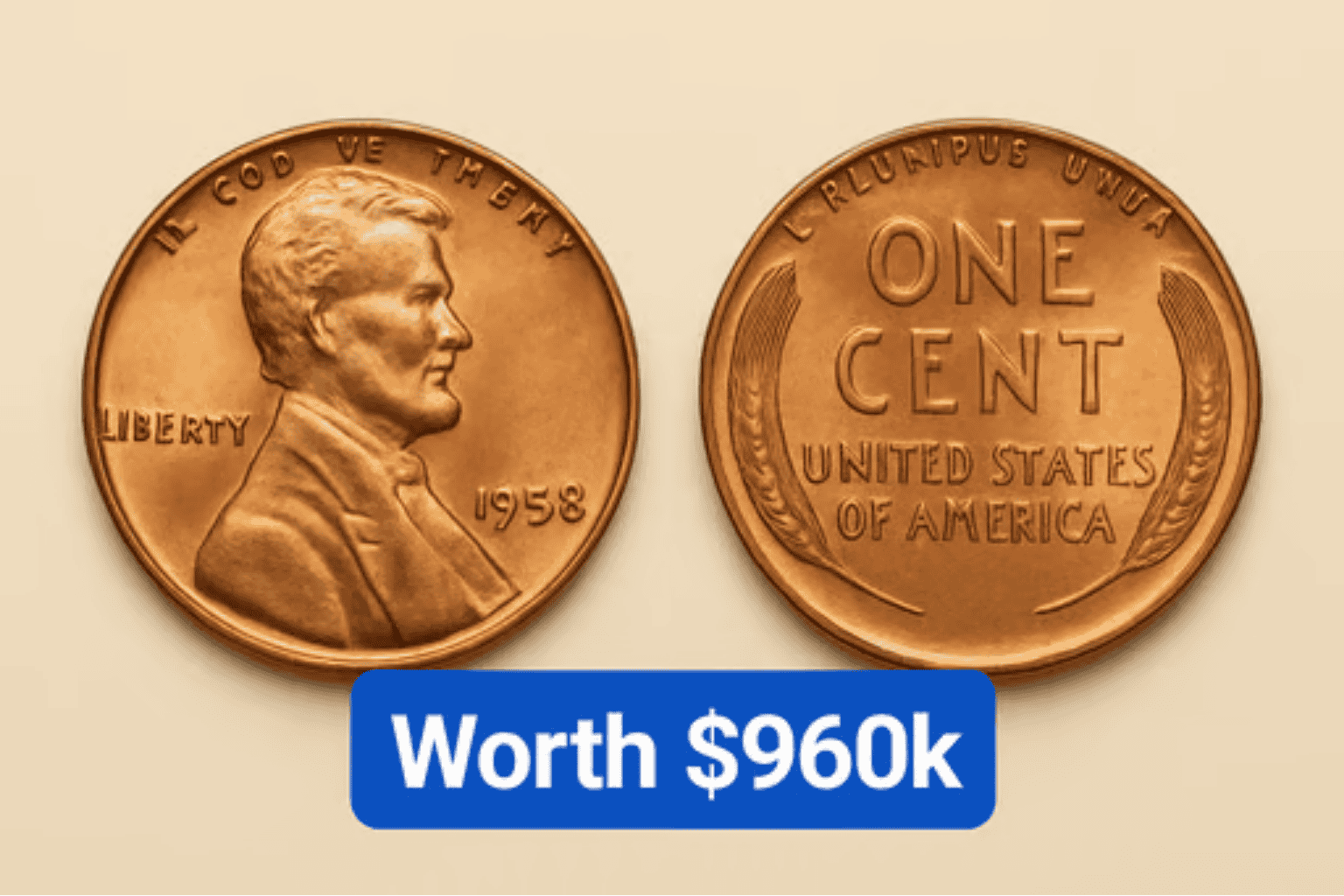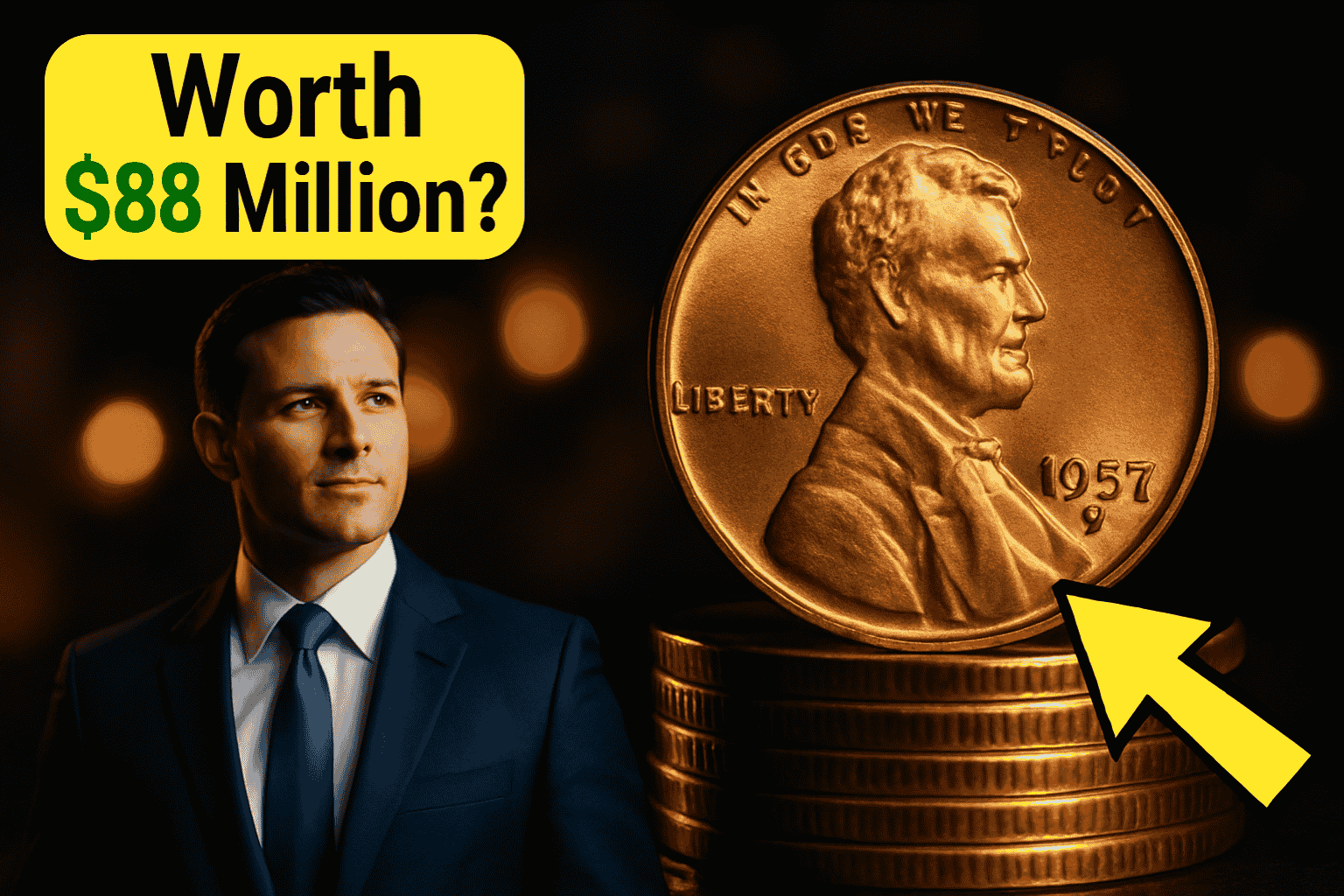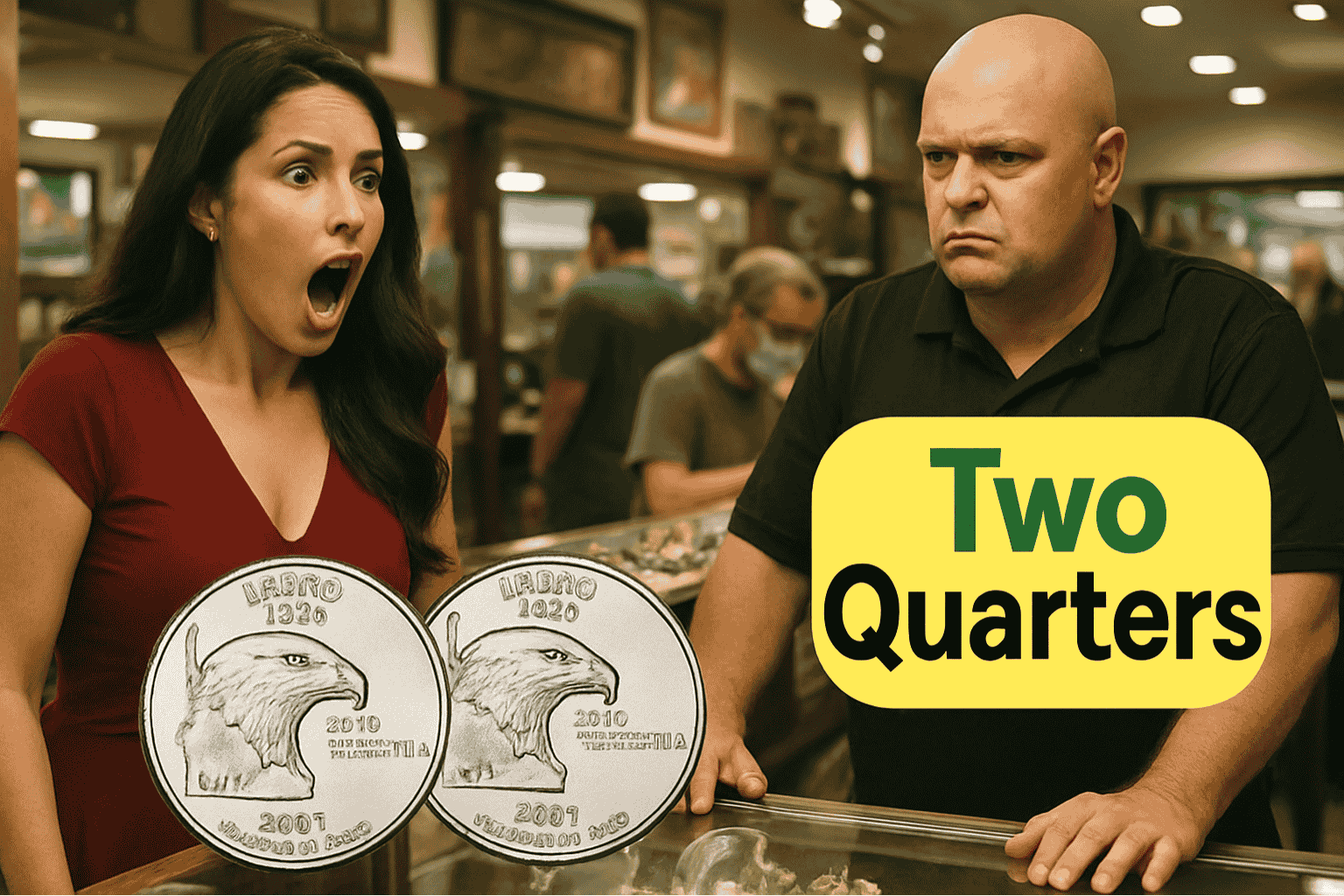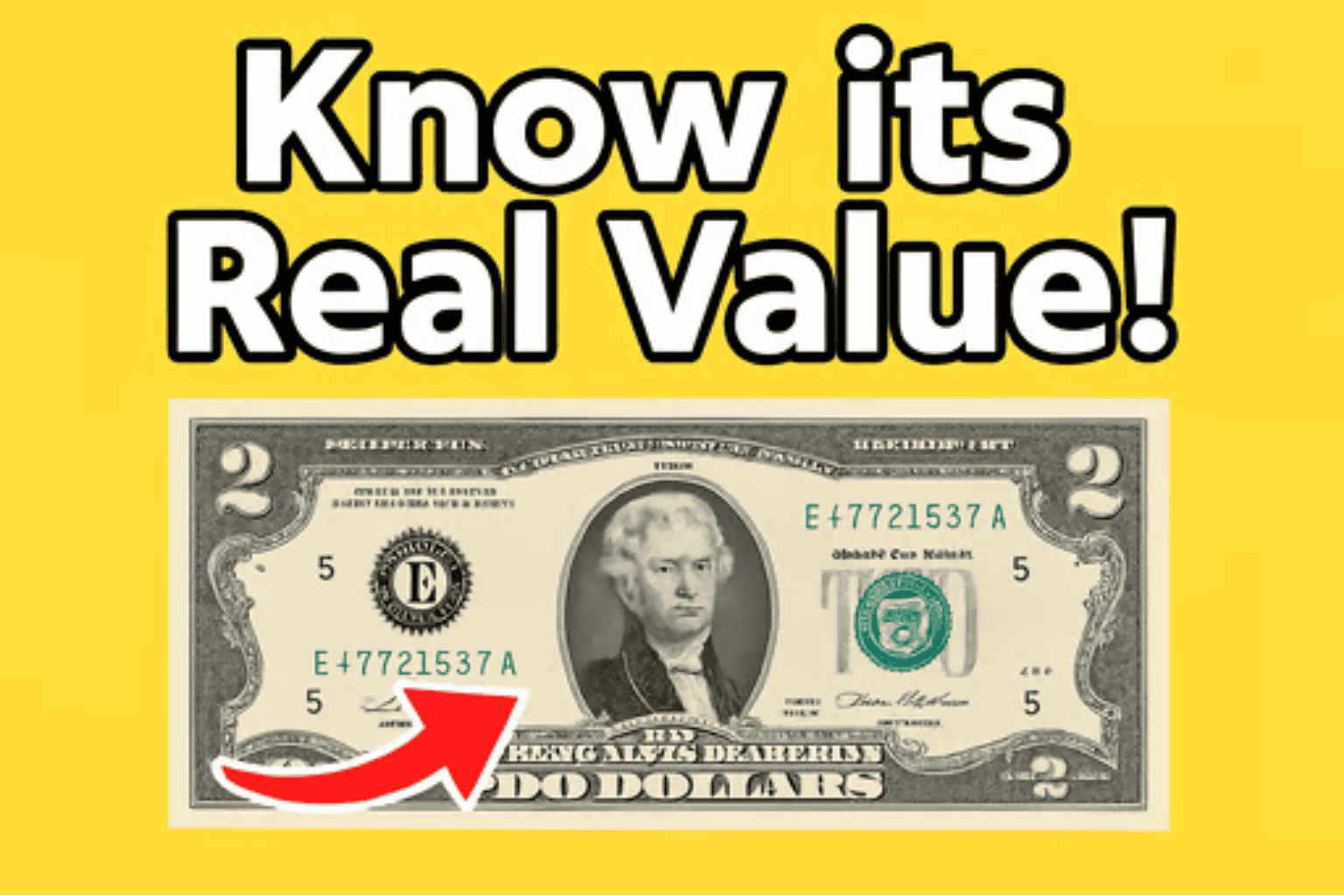Ever rip open a box of cereal expecting a toy and accidentally get handed a life-changing windfall? Didn’t think so. But back in the year 2000, that exact thing happened to a few lucky (and probably confused) people—thanks to a strange promotion involving General Mills, the U.S. Mint, and one of the most quietly bonkers coins in modern American history: the Sacagawea dollar.
The Short-Lived Hype of the Sacagawea Dollar
So here’s the setup: The U.S. Mint had a bit of a public relations problem. People hated the Susan B. Anthony dollar. Not because of Susan herself, but because the coin looked too much like a quarter. Folks were constantly overpaying or getting short-changed. The whole thing was a bust.
So in 2000, they tried again—this time with a golden dollar coin honoring Sacagawea, the teenage Shoshone guide who helped Lewis and Clark navigate the uncharted American West. Her portrait (along with her baby, Jean Baptiste, in a cradleboard) was meant to feel strong, grounded, and distinctly American. Symbolic. Powerful.
The result? A beautifully designed coin… that Americans still didn’t really use.
Most Sacagawea dollars ended up in coin vaults, Post Office drawers, or as exact-change-in-a-vending-machine anomalies. So while the idea was noble, the follow-through fizzled.
The Frankenstein Coin That’s Worth $2.1 Million
Now here’s where this story jumps the rails.
During early production, the U.S. Mint created a handful of test coins—known as pattern strikes—to evaluate finishes, dies, and designs. Nothing unusual about that. But at some point, someone at the Mint accidentally pressed a Sacagawea dollar obverse (front) onto a Washington quarter reverse (back).
Boom: a coin that should not exist.
One of these experimental “mule” coins (that’s what mismatched dies are called in the coin world) somehow slipped out of the Mint and into private hands. Eventually, it surfaced, was authenticated, and later valued at a jaw-dropping $2.1 million.
That’s a single coin.
Worth more than a Lamborghini, a beach house, and a year at Harvard—combined.
And the best part? It wasn’t meant for circulation. It wasn’t even meant to exist. That’s why collectors go absolutely nuts for it.
Enter the Cheerios Dollar: Breakfast Meets Numismatic History
Alright, so the $2M mule coin might be a one-in-a-billion fluke. But there’s another strange offshoot of the Sacagawea series that you could actually stumble across: the Cheerios Dollar.
Back in 2000, the U.S. Mint teamed up with General Mills for a marketing stunt. 5,500 shiny new Sacagawea coins were tucked into boxes of Cheerios as a Y2K-era promo. Harmless PR fluff, right?
Wrong. Turns out, those early promo coins had a subtle difference: the eagle on the reverse side had more detailed tail feathers than the regular ones. Just a few extra lines—but in coin collecting, those few lines are the difference between lunch money and a life upgrade.
If you’ve got one of these “Cheerios Dollars” in uncirculated condition, it could fetch $5,000 to $25,000. Some pristine ones have gone for more at auction.
Imagine that. A box of cereal that came with tuition money inside.
What Makes These Coins So Valuable?
It comes down to rarity, minting errors, and timing.
Check this cheat sheet:
| Feature | What to Look For | Value Potential |
|---|---|---|
| Year 2000 | Early production Sacagawea dollars | Up to $25,000+ |
| Tail Feathers Detail | More lines on eagle’s tail = “Cheerios Dollar” | $5,000–$25,000+ |
| Mule Coin (2000) | Quarter reverse on dollar front | $2.1 million |
| Off-Metal Errors | Wrong planchet (e.g., nickel blank) | Up to $150,000 |
| Proof-Like Condition | Uncirculated, no damage or scratches | Significant premium |
So if you’ve got a stash of golden dollars somewhere (we all do, right?), it’s time to take a second look. Flip ’em over. Check those tail feathers. And maybe—maybe—get ready to call a grading service.
Don’t Do This: Clean It
We can’t say this enough: do not clean your coin.
That bit of grime or age discoloration? It’s fine. Actually, it’s good. Collectors want originality, not shiny-new fakes. Cleaning a rare coin is like washing a vintage baseball card with soap and water—it destroys the value instantly.
So hands off the Brasso, alright?
Got Something Interesting? Here’s What to Do
If you think you’ve got a potential winner, send it in to a professional grading service like:
- PCGS (Professional Coin Grading Service)
- NGC (Numismatic Guaranty Company)
They’ll certify, grade, and encapsulate the coin, which adds legitimacy and value—especially for resale or auction. You’re not trying to flip this at a flea market. Do it right.
Is It Worth Checking Your Change?
Honestly? Yeah.
You’re not likely to find the $2.1M mule coin chilling in your junk drawer. But those Cheerios Dollars? The off-metal errors? The tail feather variations? They’re still out there. Every so often, one pops up in a sock drawer, safety deposit box, or dusty storage bin.
At worst, you’ll spend 15 minutes digging through coins. At best? You might find something that pays for a vacation, a semester of college, or an early retirement.
FAQs
Is the Sacagawea dollar made of gold?
Nope. It’s a golden color because of a special alloy (manganese-brass), but it contains zero actual gold.
How can I tell if I have a Cheerios Dollar?
Look closely at the tail feathers on the eagle. More pronounced detail = Cheerios version. You’ll likely need magnification to be sure.
Should I polish or clean my old coins?
Never. Cleaning can destroy the coin’s value. Always keep it in its original, unaltered condition.


